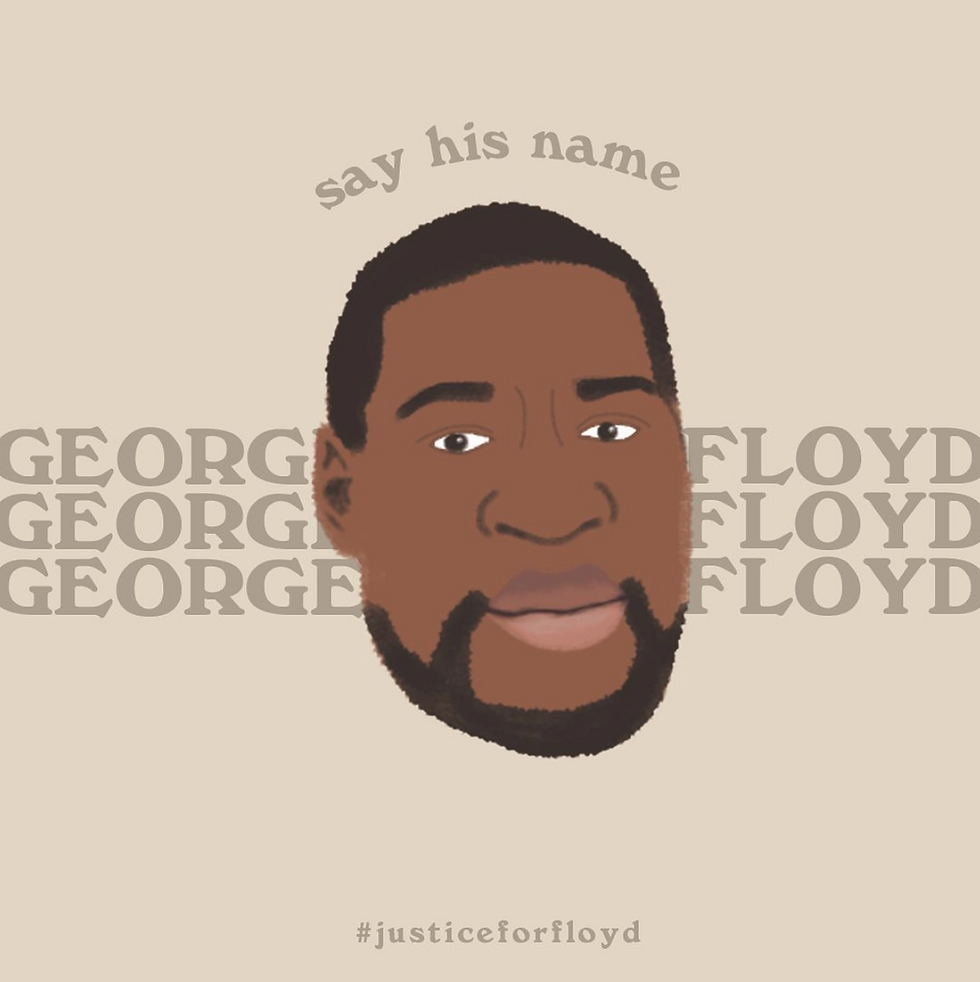Opinion: A nuclear apocalypse is an omnipresent threat
- Kunaal Peety
- Jan 9, 2020
- 3 min read
Updated: Jul 29, 2020

Image courtesy of Quartz
The Bigger Picture (Hyderabad) — The evolution of science and technology has always had its implications on security and military dynamics throughout the world. From the very inception of ammunition and ballistic missiles, armies and defence forces have adopted new technology into warfare. In the midst of the fastest developing generation of technology, bio-chemical weapons have replaced conventional weapons, and have boundless capabilities. Nuclear arsenals have been built across the world, and the conceivable threat of a nuclear holocaust constantly looms over the entire world.
The repercussions from the atomic bombing of Hiroshima and Nagasaki are still observed vividly. The miscarriage of the Chernobyl disaster goes to show the disastrous consequences of a nuclear accident. But even then, the nations of the world do not refrain from using nuclear warfare as a form of deterrence. World leaders and their intimidating comments about triggering nuclear war are ubiquitous. Although the international community and nations individually took comprehensive measures to prevent such attacks in the 1970s by acceding to the Non-Proliferation Treaty, the past decade has been all about approaching this conundrum from a diplomatic standpoint, with countries and the United Nations working in tandem to ensure the safety of the globe.
The Non-Proliferation Treaty, which laid down the foundation to peaceful negotiations in the nuclear landscape, is reviewed every 5 years by nations of the world. This decade began with the 2010 review of the treaty, the outcome of which laid specific emphasis on the Comprehensive Nuclear Test Ban Treaty and Fissile Material Cut-Off treaty. Both of these treatises advocate the ideology of Non-Proliferation and banning nuclear warfare. The convened assembly also invoked a special gathering in 2012 to address nuclear warfare in the Middle East, given that nations in the region are in a continual state of strife and vulnerable to volatile decisions.
Furthermore, the Indo-US agreement of 2005, under which the USA is liable to provide full civil nuclear cooperation to India, only came into fruition into 2016. Six US designed reactors have been agreed upon to be built in India, giving India a pathway to restore balance in its energy requirements and harness renewable energies such as nuclear Energy. Although this deal carries little relevance to the argument of non-proliferation, it contributes to entrenching the fact that cooperation over nuclear power can reap unparalleled benefits for all parties involved. This deal was monitored and accepted by the International Atomic Energy Agency.
In 2002, it was revealed that the Islamic State of Iran had developed two undeclared Nuclear Facilities. This was an upheaval to the global nuclear stances and positions of nations and turned to be contentious in the UN. In attempts to pacify this, the Permanent Members of the UN (China, Russia, France, USA and the UK) signed the Joint Plan of Action, which meant that the severity of economic sanctions on Iran was lowered in exchange for a short-term freeze on Iran’s nuclear programme. This was an outcome of the increased tension in the international community regarding the illicit and rapid growth of Iran’s nuclear power, given their political position in the Middle Eastern war. As futile as these efforts were, sanctions and this freeze of nuclear power added to the human rights concerns prevailing in Iran.
Therefore, to settle and stabilize the situation, the 2015 Iranian nuclear deal framework was signed, to re-establish the peaceful ideals of the erstwhile Joint Plan of Action. The deal was celebrated by the state of Iran, USA and the UN.
Delving through the insights of these treaties, it's compelling to think that nuclear peace is a reality. Through the UN, nuclear non-proliferation and disarmament has been achieved through deliberation and consensus. But these accords are merely theoretical. From the US’ constant claims and press releases of nuclear missile testing to North Korea’s aggravated responses and aggressive foreign policies, the world is witnessing the genesis of the next Cold war, where nuclear weapons may empower and inflict unprecedented damage. The fictitious agreements and statements given by diplomats do not represent the temperaments that the world can be a victim of. From a pragmatic lens, it can be certifiably asserted that we are on the brink of something colossal that we cannot compute. We must remember that if things go south (or east), the horrors of the Hiroshima attack would be remembered barely as the tip of the iceberg by posterity (if there is one at all).
This article has also been featured in the 3rd Edition of the Erudite Newspaper, Hyderabad, India.



Comments